America’s Greatest Horticulturist Left Behind a Plum Mystery
Frida Kahlo painted him. Thomas Edison admired him. Now Rachel Spaeth is trying to decode him.

Luther Burbank was America’s most legendary horticulturist. At the turn of the 20th century, he developed hundreds of new fruit, vegetable, and flower varieties, creating marvels such as the Shasta daisy and the Santa Rosa plum. If America had a national plant, it might be the his blight-resistant russet Burbank potato, which alleviated the lingering effects of the Irish famine and makes up McDonald’s French fries today.
The media portrayed Burbank as a saintly, botanical wizard. For decades, thousands of people traveled to his Santa Rosa home, trying to catch a glimpse of him at work. Thomas Edison and Henry Ford sought his friendship, and after his death, both Frida Kahlo and Diego Rivera painted him. Around his grave at the Luther Burbank Home and Gardens, the plants he pioneered are still growing, watched over by garden curator Rachel Spaeth.


Despite all the press and acclaim, much of Burbank’s work remains mysterious—a problem that Spaeth, who has worked at the Burbank Home for a decade, has set out to solve. Once Burbank died, much of his knowledge was lost. Burbank was a terrible notetaker and an untrained scientist; he rarely recorded his process of creation as he developed plants that were sold through nurseries and seed catalogues. He also had good reason not to advertise the genetic makeup of his plants: In the early 20th century, there was no way to patent them.
“A man can patent a mousetrap or copyright a nasty song,” Burbank once groused. “But if he gives to the world a new fruit that will add millions to the value of earth’s annual harvests, he will be fortunate if he is rewarded by so much as having his name connected with the result.”
This created a challenge that Spaeth is facing. By sorting through what Burbank left behind, Spaeth hopes to uncover the lost parentage of his plums, the fruit which Burbank worked with more than any other.

For a botanist and biologist such as Spaeth, it’s more necessary than ever to decipher Burbank’s work. In the event of plant disease or a changing climate, knowing the parents of popular varietals could help future horticulturists develop heartier new varieties. “It’s a big part of food security,” she says. She’s long admired Burbank, once strolling through his gardens every day on her way to work. But also, she tells me, there’s an undeniable impulse to continue Burbank’s work, with the same genetic material he used. She hopes to develop new plums, and even examine more of Burbank’s plants outside of the fruit. The Burbank gardens are still packed with his experiments, many of them genetic anomalies.
As garden curator, Spaeth is uniquely situated for research on Burbank. Their backgrounds even have some similarities. As children, they both grew up in the East: She in rural Pennsylvania, he in Massachusetts. Both were influenced by their families’ gardens. Part of living where she did, Spaeth tells me, meant a diet of mostly homegrown fruits and vegetables.

Both relocated out of necessity. He sold the the russet potato to a seed company for $150 dollars while he still lived in Massachusetts. With the money, he left for California, settling down in Santa Rosa. Spaeth left too, moving to California in search of “better weather and cheaper education.” But while Burbank only received a high school education, Spaeth’s plum project is part of her PhD research at nearby University of California, Davis.
Spaeth’s first challenge is to gather Burbank’s 250 plum varieties. With a living database of Burbank’s plums growing at the Burbank Home, it will be much easier to pick out family connections, she says. But many have been scattered to the winds. Nurseries and private growers have various varieties, and she’s collected samples of those. Other times, she turns to the local Santa Rosa community, going on the radio to appeal to locals who might have 100-year-old plum trees. Nearly every time, she’s been successful in finding a named Burbank variety. That might not be as strange as expected. Fruit trees flourish in Santa Rosa. Burbank himself called the region “God’s gift to fruit growers.”
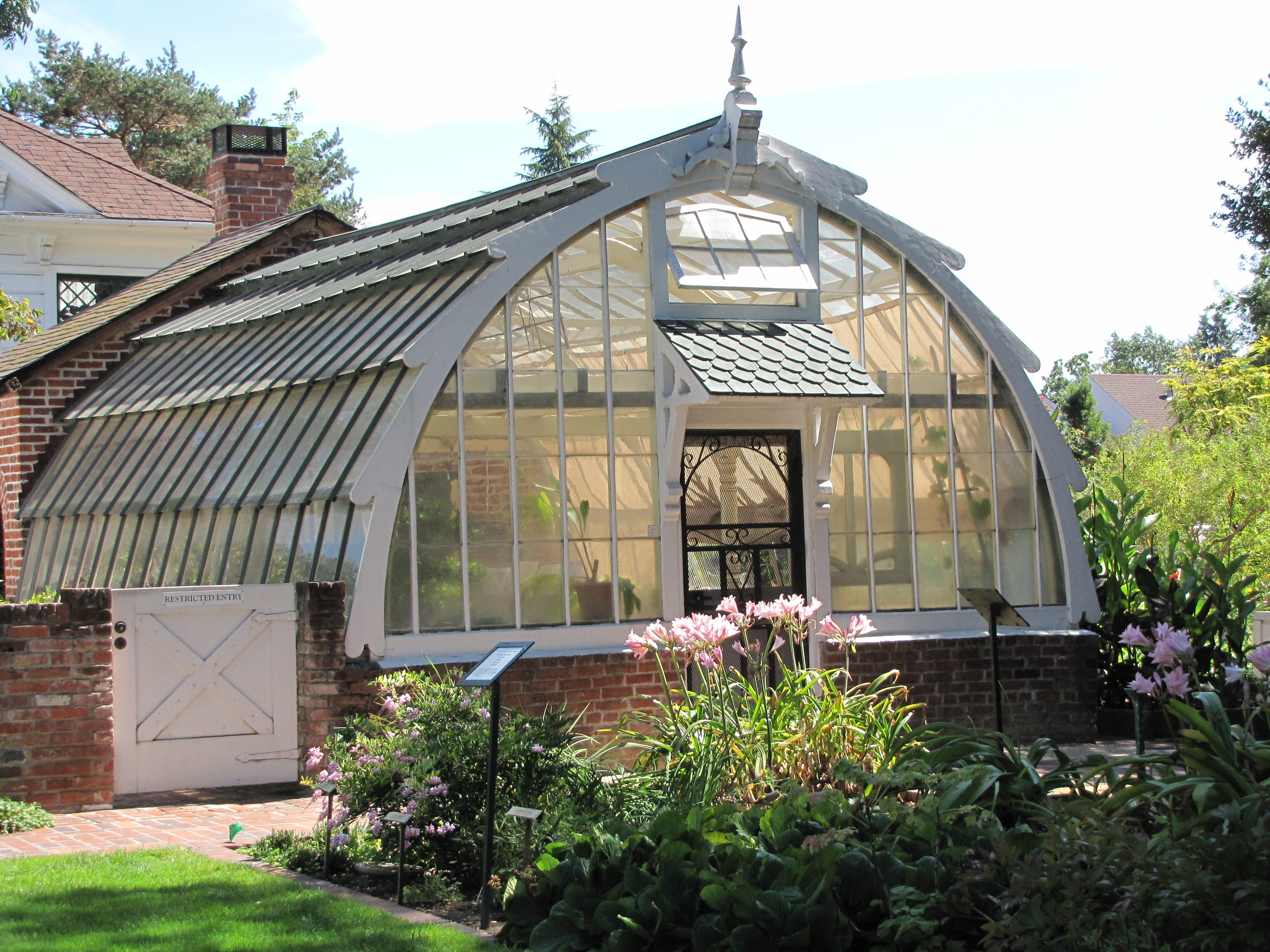
Yet some of Burbank’s plum and plum hybrids have never been named. At the Burbank House, one of Burbank’s orphaned plumcots is still growing. “The apricot was the pollen parent, and the plum was the mother tree,” says Spaeth. Burbank was the first to cross apricots and plums. “He wasn’t bound by scientific principles,” Speath says. When told the two fruits were too distantly related to cross, Burbank’s response was, as Spaeth sums it up, “Watch me!”
The flesh of the plumcot is chartreuse green, and the exterior is a dark bluish purple. “It’s the only tree of its kind,” Spaeth says. Once she has a clearer idea of the mystery plumcot’s genealogy, the Burbank Home will name it.
Typically, horticulturists use brushes to apply pollen from one parent tree to the blossoms of another. The bloom’s stamen (the male sexual part) is cut off to keep it from pollinating itself. The branch is bagged to prevent lothario bees from coming and administering unintended pollen. Then, a new fruit develops.
There’s a sticky problem there, too. It’s difficult to trace Burbank’s parent trees because he didn’t bag his blossoms, and marked trees with scraps of his own clothing instead of signage. In contrast, other horticulturists took detailed notes. But Burbank was more artist than scientist, and he only had a high school education. His unorthodox methods often frustrated his contemporaries. His work, then, is “very difficult to reproduce,” Spaeth says.

That’s where genetics come in. The second step of Spaeth’s research is getting her hands on more of Burbank’s notes. Burbank did keep some records: He traced the shapes of his fruits and squashed them onto paper to make impressions. At the moment, the majority of those prints are at the Library of Congress. With the genetic material left over on the prints, Sparth can extract the genome and compare it to the living plums in her growing collection. She compares the process to how archeologists test the DNA of mummies, with a “forensic version of genomics.” She expects that time will have degraded what genome she can extract from the fruit prints, making the Burbank Home’s living collection even more vital, “to fill in some of those holes.”
Spaeth is still in the early stages, and she hasn’t identified any plum parents yet. But when she does, she plans on crossing his varieties to recreate Burbank’s methods—and his plums. She expects some trial and error: After all, “you’re dealing with random assortment, genetics, and just how biology works in general,” she says. The same parents don’t necessarily mean the same fruits, as anyone with siblings knows.

At the moment, Spaeth is making her own fruit prints to see what kind of data can be extracted. When she has results, she plans on requesting Burbank’s prints from the Library of Congress. It’s not a request to make lightly: She’ll have to peel the residues off the vintage prints to analyze them. But the Library often opens its archives to valuable research, so she thinks they’ll be amenable.
Burbank, while a genius, wasn’t an eccentric. His fears about having his work stolen were well-founded. Since plants couldn’t be patented, he depended on his creations for income. His death and the loss of his knowledge led Congress to allow the patenting of plants. Thomas Edison hoped that the decision would lead to many new Burbanks, who could provide the world with a wealth of new plants. But while Spaeth might be one of them, she also takes her cues from a different treasure-seeker. “Sometimes I feel like the Indiana Jones of the plant world,” she jokes.
Gastro Obscura covers the world’s most wondrous food and drink.
Sign up for our regular newsletter.






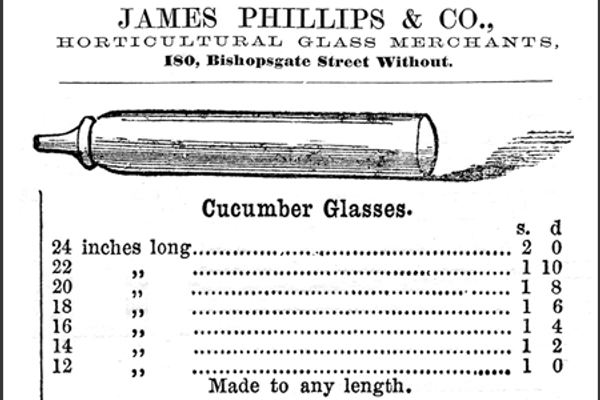
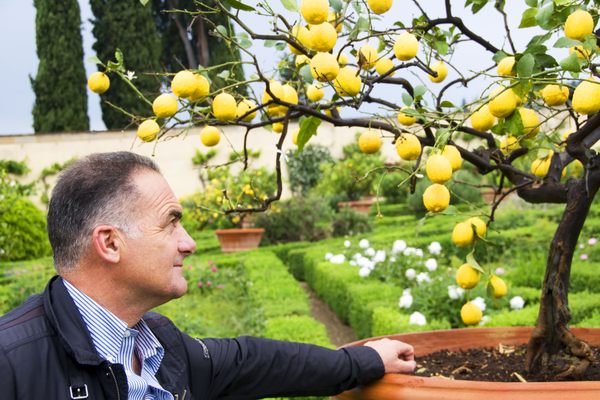

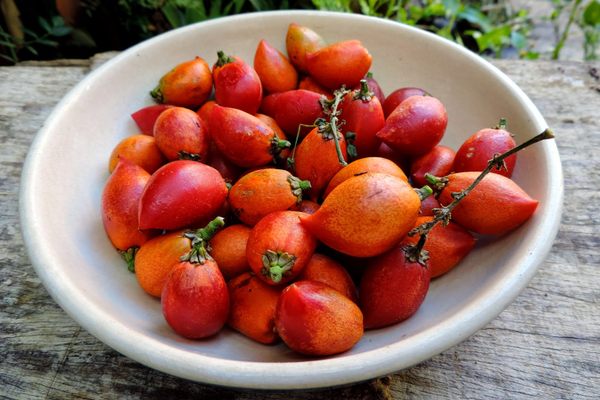
















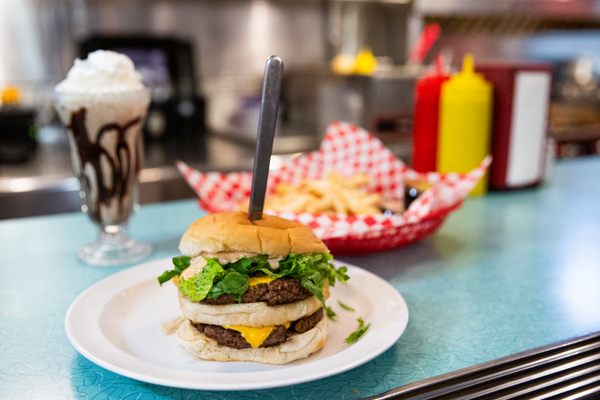

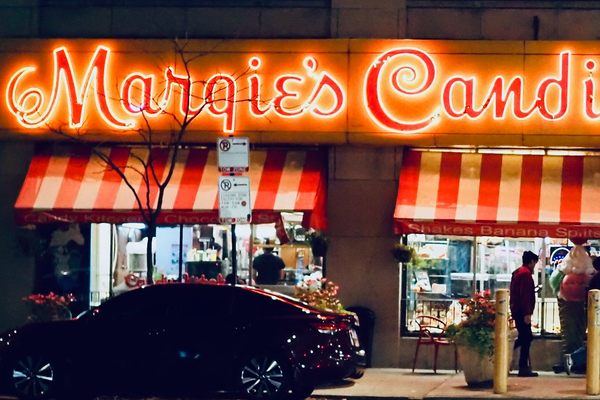
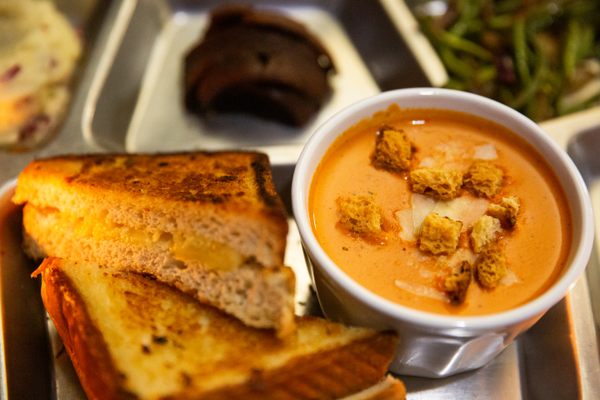

Follow us on Twitter to get the latest on the world's hidden wonders.
Like us on Facebook to get the latest on the world's hidden wonders.
Follow us on Twitter Like us on Facebook